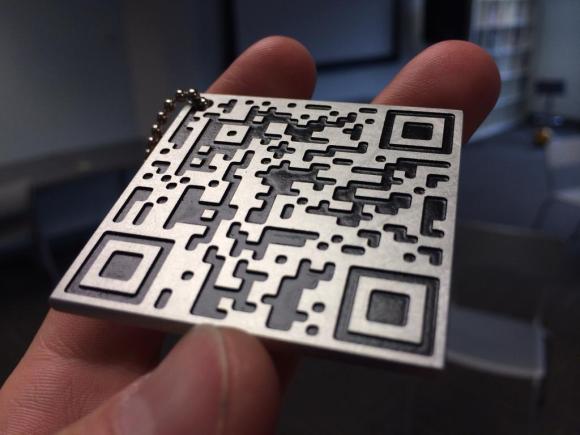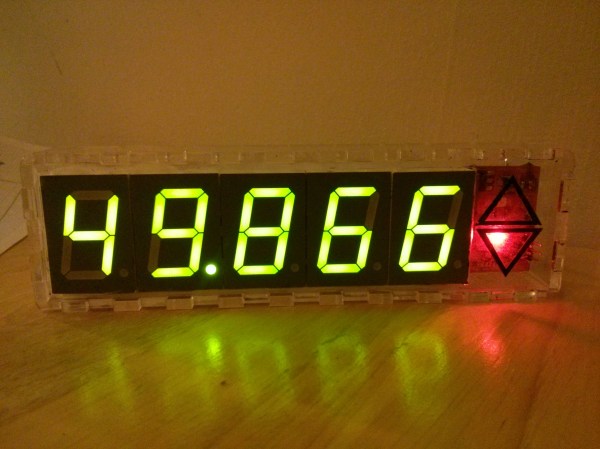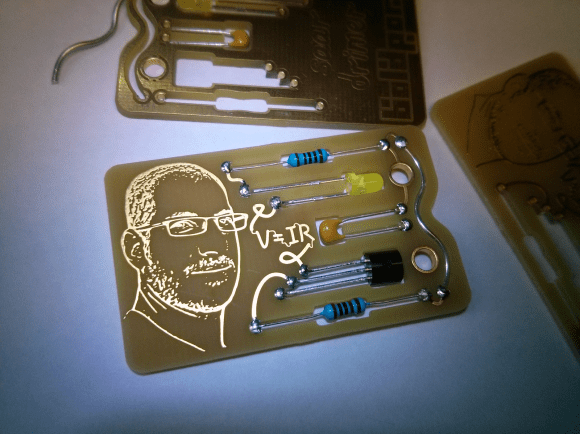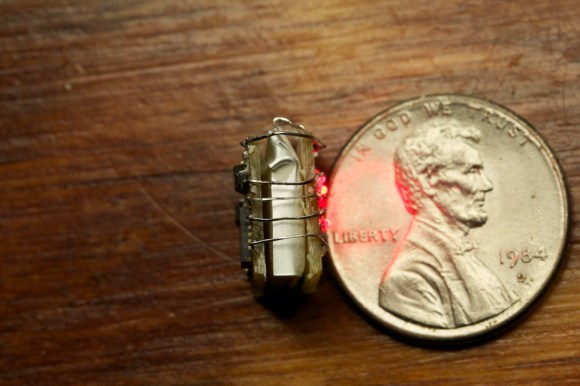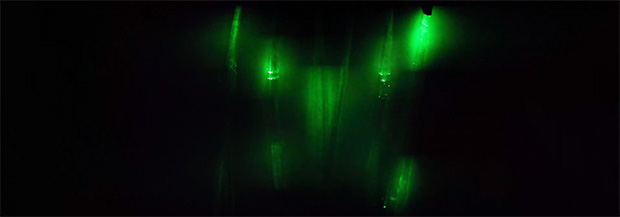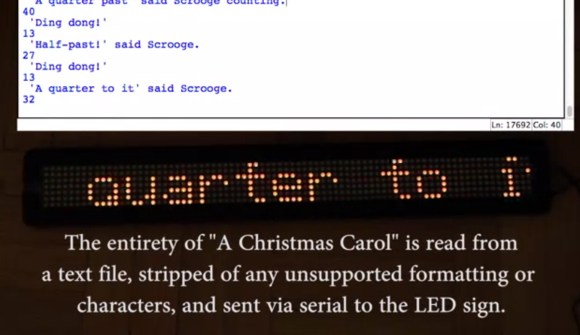
[ch00f] managed to capture some holiday spirit this year by translating all of A Christmas Carol to scrolling text. Dickens’s work has long since entered public domain, which led [ch00f] to wire up a GeekCatch programmable display from Amazon. It has a low refresh rate, which means videos look a bit goofy, but it’s perfectly acceptable for text. [ch00f] ditched the remote control and instead used the display’s serial connection to program in the novella. Unfortunately, he could not find any documentation for the serial protocol, but he was able to reverse engineer it with some freeware applications found online.
It takes over six hours for the sign to spit out the entirety of A Christmas Carol, which easily surpassed the display’s limited text buffer. [ch00f] instead had to send text to the display one paragraph at a time via a custom Python script. This solution takes advantage of the sign’s fixed-width font to estimate the time it takes for each character to scroll by, then immediately feeds the sign a new line.
Check out the blog post for a quick teardown of the display itself and for a detailed description of the protocol in case you decide to use this display for a project. Stick around for a video below!

